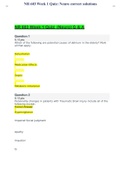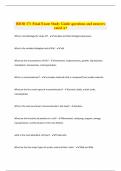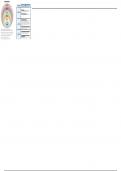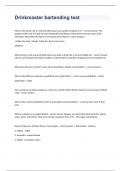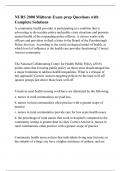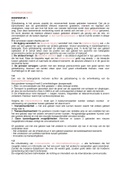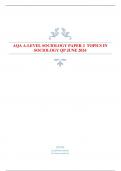Exam (elaborations)
Certified Lactation Counselor (CLC) Study Guide Questions and Answers
- Course
- Institution
Certified Lactation Counselor study guide CLC study guide questions lactation counselor exam preparation CLC exam practice questions lactation certification study material CLC certification test prep lactation counselor practice exam CLC study questions and answers certified lactation couns...
[Show more]




